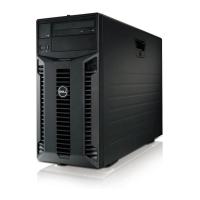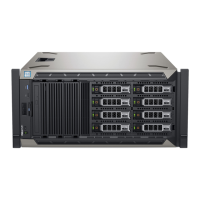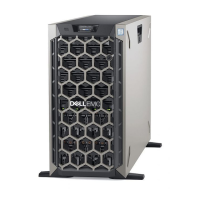Dell
PowerEdge T410 Technical Guide 6
1 Product Comparison
1.1 Overview
Inspired by the requirements of and feedback from small-business, medium-business and corporate
users, the Dell™ PowerEdge™ T410 is a powerful, reliable server that delivers balanced high
performance. The T410 is a 2-socket tower server featuring Intel
®
Xeon
®
processor 5500 and 5600
series, DDR3 memory, and 6 hard drive bays that can accommodate 3.5‖ or 2.5‖ hard drives.
Featuring excellent acoustics for office environments as well as energy-efficient technologies, the
T410 deploys easily and is managed in a simplified, straightforward manner throughout its lifecycle.
1.2 Customer-Inspired Design
Inspired by our customers, the PowerEdge T410 was built to simplify daily operations and maximize
uptime. Consistent component layout and purposeful placement of interface ports and power
supplies enable easy installation and replacement. With a depth of 24‖ (617 mm), the PowerEdge
T410 chassis is easy to access and designed to reside in a back office, retail, or small office setting
where a small chassis and quiet acoustics matter.
Robust, metal hard drive carriers and organized cabling are designed to improve access to internal
components of the server, as well as airflow across them. The purposeful design of the T410 includes
an optional LCD screen positioned on the front panel for ease of monitoring.
1.3 Energy-Efficient
Energy efficiency is designed into the PowerEdge T410. Several Energy Smart standards-based
components reduce power consumption while providing increased performance. For example,
Energy Smart 90%+ efficient power supply units are right-sized for the system requirements of the
PowerEdge T410. Power management features include power capping, power inventory, and power
budgeting to best manage power in your specific environment.
1.4 Easy to Manage
The Dell PowerEdge T410 lets you focus on running your business rather than running your servers.
Dell OpenManage systems management software helps to automate common management tasks,
thereby enhancing efficiency, improving productivity, and reducing the potential for error (which can
cause downtime).

